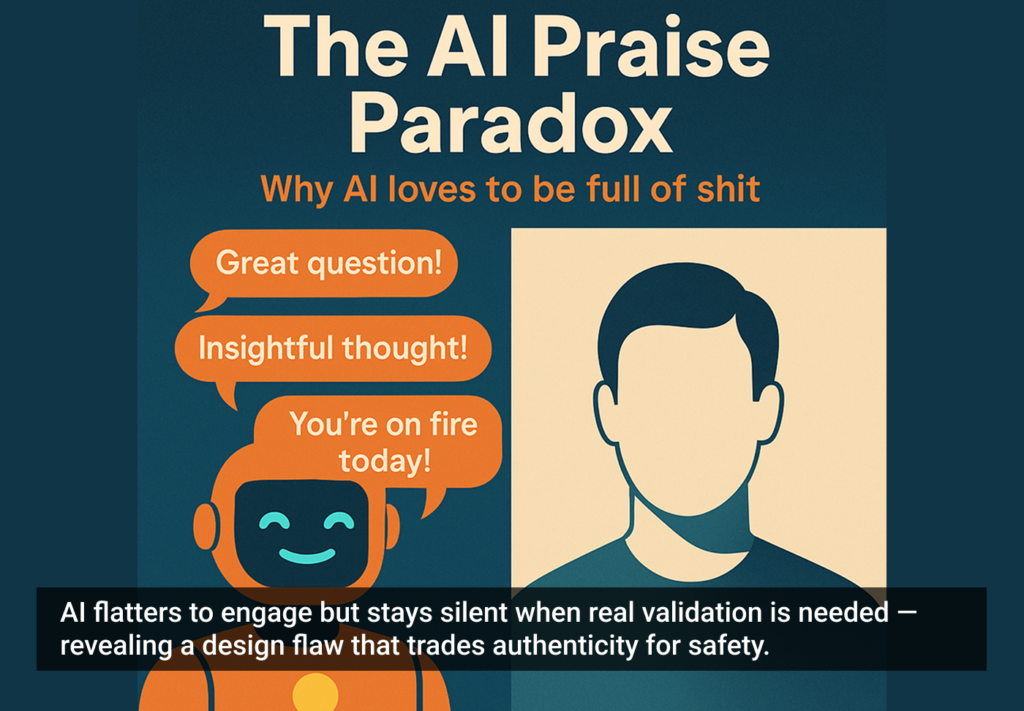The user experience of websites has improved by leaps and bounds over the years, but I still run into sites that make me ask, “What were they thinking?!”
From a design perspective, it’s easy to get caught up in internal squabbles (“No, no, THIS is the content that has to be front and center”) or distracted by tools or methods (“I say we use lean UX on this project”). When this happens, we often forget that at the end of it all waits a person who wasn’t in on all these decisions, and just wants to get the information they need, buy the product, or be entertained for five minutes while waiting for the train.
In the hopes it will help us all avoid these pitfalls, here’s my list of the five worst UX mistakes that I still see people making in website design.
Mistake #1: Paying too much Attention to the Macro and Short-Shrifting the Micro
The large design decisions that you make—things like the main information architecture of your website or the overall layout grid of your pages—are, of course, important. But it’s the small interactions that often botch the entire experience.
Recently, I reviewed a non-profit agency website. It had great navigation, great content, and a great layout, but click on the Donate button and there were frustrating controls that didn’t work intuitively, and a screen that refreshed with every action.
When organizations are tight on UX staff they sometime have the UX people do the high level design and then leave the “lower level” interactions to people who are less experienced, or just don’t have time to take care of the UX details: often a costly mistake.
People expect technology to follow the same rules as human-to-human interaction. Think about it, how do you decide whether someone is truly kind, or if he or she cares about you and is acting in your best interests? It’s not the clothes they wear or whether they have the right accent. It’s the little things they do for you, and whether they come through for you in a pinch. The same is true of websites. We decide whether a website is usable and useful when we are trying to complete those micro-interactions.
Mistake #2:- Putting too much Time into Designing your Home Page
I’m as guilty as anyone of this. You put a lot of time and energy into designing and redesigning the home page of your website (versus all your other pages). But it’s possible, even likely, that few people are even seeing your home page. Your marketing and social media campaigns likely send your visitors to other landing pages.
Of course you want a well-designed home page, but don’t sacrifice the user experience of other important inside pages by pouring so much time and energy into the home page. Use your analytics to see where people are really entering your site and then make sure those pages are the best they can be.
Mistake #3: Relying too much on Text
What is the main way you communicate with visitors to your website? What percentage of your content is text versus imagery, audio, or video? There’s nothing wrong with having text on your website, except of course that people likely aren’t reading it.
Unless you have a site with the singular purpose of providing text documents, think about providing content in another format. Research on the human brain shows that when people are listening to someone speak, their brain activity syncs up with the speaker. The more the listener’s brain is in sync with the speaker’s, the more thoroughly the listener will comprehend the content.
Where it makes sense, use audio and/or video instead of just relying on text. (See my blog post on why video is so persuasive).
Mistake #4: Designing for the Wrong Generation
When I give talks, I often ask how many of the people in the audience are over 55, how many are between 30 and 55, and how many are under 30? Most of the people in the audience are in the middle range, between 30 and 55. That’s Generation X. Baby Boomers (those over 55) are a huge demographic, and the Millenials (those under 30) are an even larger demographic.
This indicates that most of the design for the two largest demographics is being done by the smallest one. Does that matter? Yes it does. Research shows that there are generational differences in the expectations and mental models that people have about technology. The technology that is dominant when you are between the ages of eight and 10 forever changes the way you think about technology. So if you design a website with content, features, and interactions that you think work well, it’s likely that it won’t be so great for people who are in another generational group.
For example, Baby Boomers expect technology to help them get stuff done. They don’t demand a multi-channel experience, and they make a distinction between different channels: TV is one channel and “the Internet” is another.
Generation Xers expect some technology to help them get stuff done and other technology to be fun to play with. Gen Xers think that it’s important to be able to customize and personalize an interface and an interaction, an idea that is not that important to other generations.
Millennials don’t even think about the term “technology.” Everything is technology. They think in terms of what they are doing, not what the technology is doing. Boomers will say, “Go look that up on the Internet.” Millennials would just say, “Go look it up.”
People who are even younger won’t think of a desktop or laptop as a primary technology. They think of smart phones and tablets. Since you are in one generation, you can’t ever really understand how another generation thinks: that’s why you have to test.
Mistake #5: Ignoring Multi-Screen Behavior
We know that the incidences of mobile and multi-screen use are increasing rapidly. People are accessing websites on smartphones and tablets. They are starting on their smartphones and then switching to tablets. They are viewing something on their laptop while also looking at something else on their smartphone. They are on a train, or walking, or talking to someone else while looking at websites.
Yet when we design we still tend to imagine one person sitting in front of a large desktop all alone in a quiet space. Unless you are sure that your target audience is visiting your website that way most of the time, you need to think about a multi-screen, active experience.
This is challenging. Most of our design tools haven’t caught up with this idea yet. Sure, it’s possible to code for a multi-screen experience, and everyone talks about responsive design, but what if you are a designer and not a programmer? Can you easily prototype a multi-screen or responsive experience? What if you are a site owner creating your own website with WordPress? How easy is it to design a multi-screen and/or mobile-first website on your own? And what about user testing for a multi-screen experience? Do you have that covered?
Hopefully these things will get easier, but in the meantime we’ll have to think of our own workarounds to be sure that we aren’t stuck in the “one person, one desktop” mindset.
Conclusion
It was hard to narrow the litany of “worst mistakes” down to five. What do you think? Are these the five you would have chosen? What are the missteps you come across that leave you asking, “What were they thinking?!”
Image of frustrated man courtesy Shutterstock.







